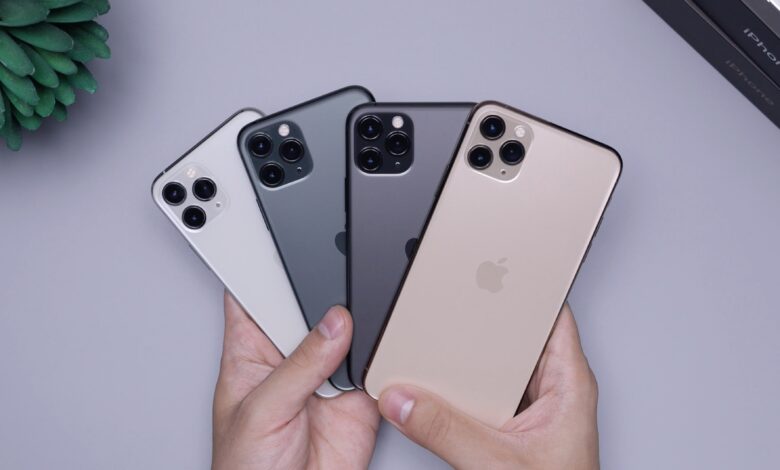Features of the ‘new’ iPhone 14 That is Already Available on Android

Apple announced a number of “firsts” for the iPhone 14 last week, but these “breakthroughs” are qualified in several important ways.
Many of the features that Apple announced with bated breath have actually been available on Android devices for years, but this may come as news to iPhone devotees who have invested much in Apple’s ecosystem.
Put it down to Apple’s “reality-distortion field” and a cautionary tale against taking things at their value. Both the iPhone 14 and the iPhone 14 Pro feel robust in the hand, but with the Pro’s starting price of $999, any prospective major purchase should be considered carefully.
Listed here are all of the Android-inspired features that will be making their way to the iPhone 14 in the near future.
Pixel binning was first implemented on Android before Apple’s 14th-generation iPhone
The camera on the iPhone 14 Pro will be the first iPhone camera to include 48 megapixels. The pixel density is four times that of the regular iPhone 14 and the iPhone 13 Pro from the previous year. However, it is challenging for each pixel to capture enough light on a small smartphone camera sensor to produce a good image.
To combat this, high-end Android phones like the Samsung Galaxy S21, OnePlus 9, and Xiaomi Mi 11 Ultra and more affordable Android phones will cluster pixels together so that they function as a single huge pixel. Pixel binning is a technique that permits sensors to handle incoming light while still keeping a high resolution.
Apple’s product manager Vitor Silva was cautious to note during the “Far Out” presentation that the business is not the pioneer in this field, but rather is bringing a “whole new class of camera to iPhone.”
Video stabilization was available on Android before the iPhone 14
Smartphone cameras have struggled with shaky footage for a while now. Though phone companies have improved their ability to stabilize video over time, they still have a long way to go before they can compete with adventure cameras like the GoPro. Phones like the Google Pixel 5 and the Samsung Galaxy S20 of 2020 have had Active Stability and Super Steady modes that allow users to record smooth, GoPro-quality footage in motion thanks to improvements in stabilization technologies and post-processing.
Apple’s new Action Mode, available on all iPhone 14 models, should produce some exciting footage when used while running. This setting appears to crop the image more tightly than other stabilization techniques, which is to be expected. As usual, Apple is lagging behind the competition.
Android’s always-on display was available before the iPhone 14’s
For a long time, Android has supported always-on display technology in one form or another. When it was first released in 2013, this function was standard on Microsoft’s now-defunct Lumia Windows Phones. Before Samsung, LG was the first to use this capability in its smartwatches. With always-on, you can see the time or upcoming events on your calendar without touching the screen.
Apple’s senior vice president of marketing, Greg “Joz” Joswiak, has stated that the iPhone 14 Pro’s Super Retina XDR display uses LTPO technology, making it possible for the screen to operate at a slower 1Hz refresh rate while consuming less battery. Earlier this year’s Samsung Galaxy S22 Ultra, which also used the same display technology, won the award.
Pill-shaped cutouts for front-facing cameras were already present on Android phones two years before Apple included one on the iPhone 14.
The huge notch at the top of the display has become a hallmark of recent iPhone models. Apple’s new iPhone 14 Pro follows Android’s lead in ditching the notch in favor of a pill-shaped cutout.
Samsung was quick to poke fun at Apple’s notch when it debuted on the iPhone X in 2017. Android manufacturers quickly began exploring ways to reduce the size of their own selfie-camera notches, with some even switching to hole-punch cuts. The OnePlus 7 Pro even went so far as to implement a mechanism that would pop out the selfie camera, leaving the display completely unimpeded. To keep the inner display as unimpeded as possible, Samsung placed the selfie camera on the new Galaxy Z Fold 4 underneath the screen.
When it comes to ditching the notch, Apple is woefully behind the curve. The width of the new pill-shaped opening has increased significantly. The dark trough is slightly more bearable because to Dynamic Island, is a software feature that better incorporates the cutout into the phone’s UI with distinctive animations.




